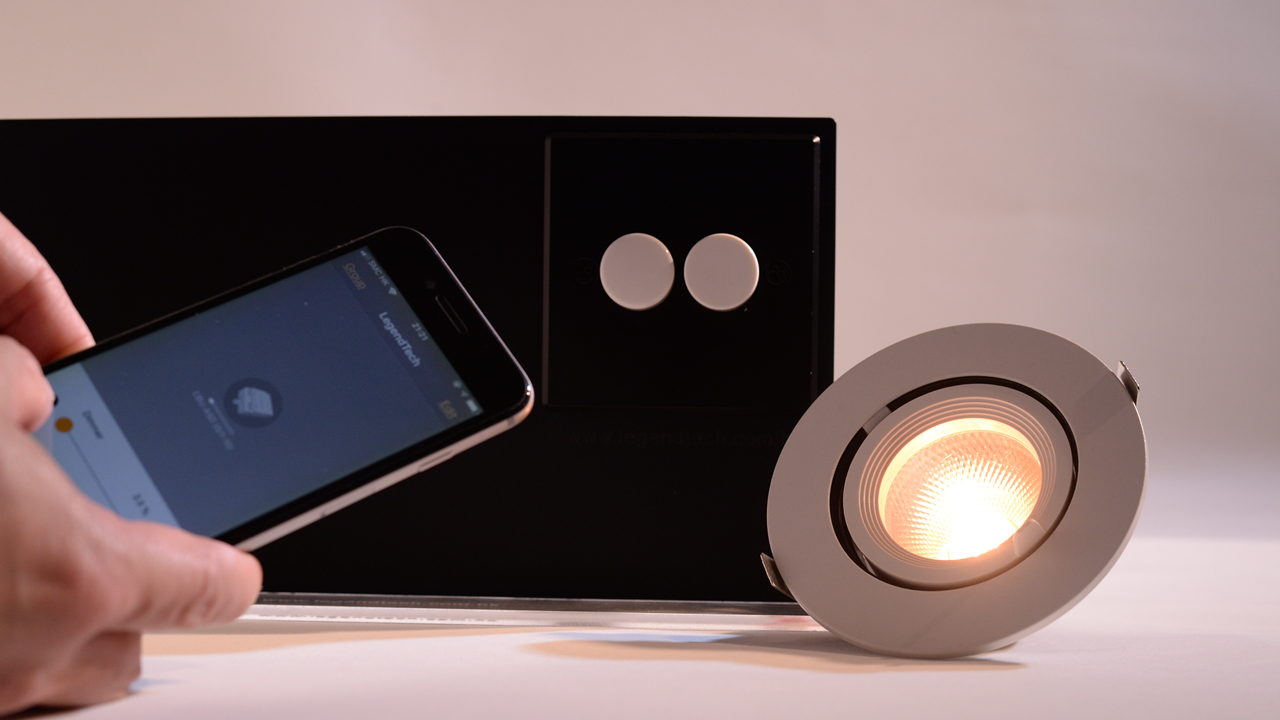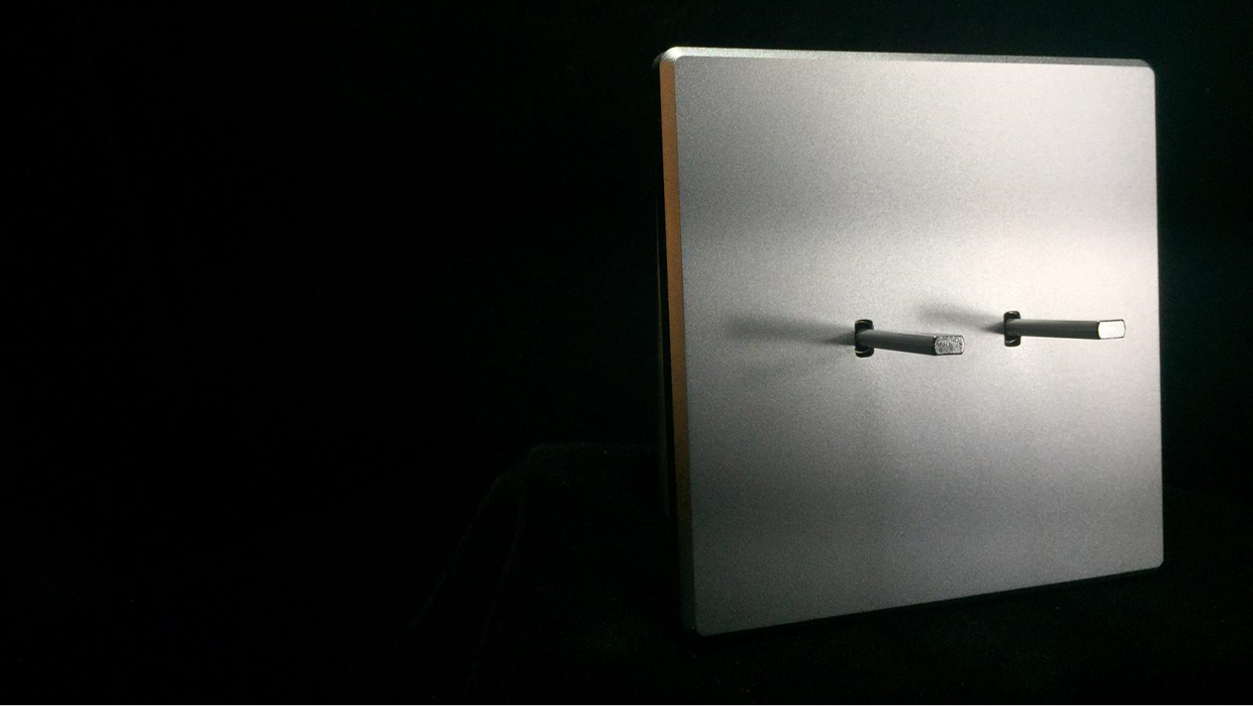


Variety of LED Dimming Solutions
Tunable White Track Lights
Dynamic Lighting Solutions
Dynamic Lighting Solutions
Art gallery, museum lighting, luxury display
Tunable White Track Lights
Art Galleries, Adjust Brightness and Color Temperature, Can Operate on 2 / 4-wire Rails
Variery of LED Dimming Solutions
AC / DC Modules, Aluminum Alloy Faceplate Wall Dimmers, Dimming Controllers